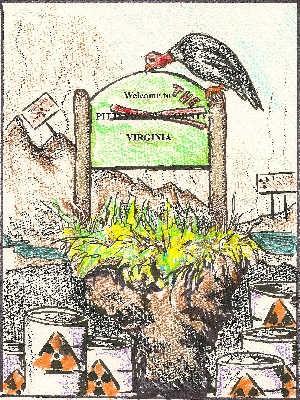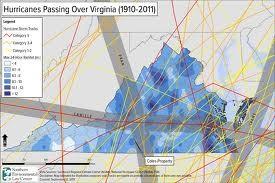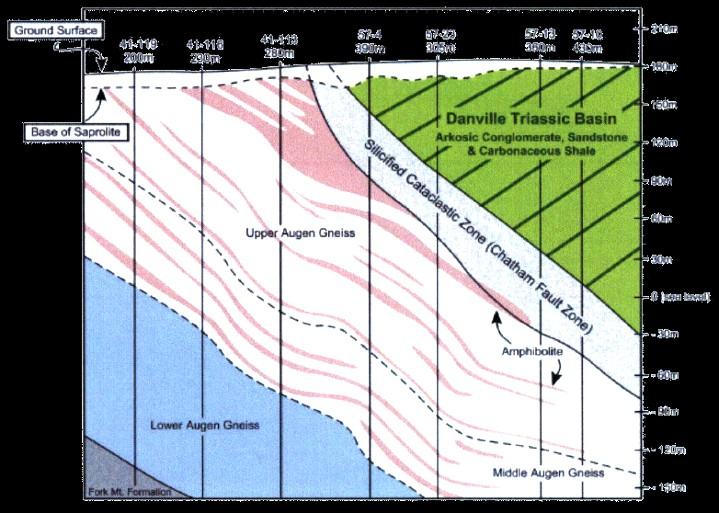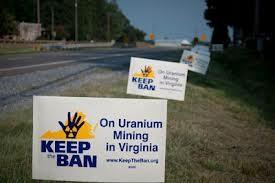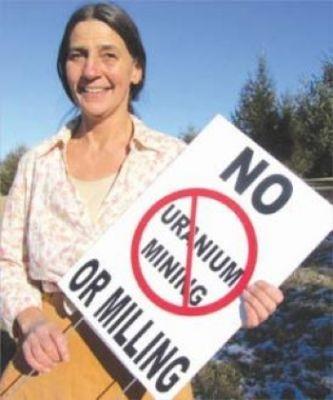Medical Anthropology and Medical Geology
of Virginia
Uranium Mining
Uranium Open Pit Mining in Upper Cretaceous Strata of the San Juan Basin, New Mexico
 Noel T. Boaz, Ph.D., M.D
Noel T. Boaz, Ph.D., M.D

Uranium Open Pit Mining in Upper Cretaceous Strata of the San Juan Basin, New Mexico
 Noel T. Boaz, Ph.D., M.D
Noel T. Boaz, Ph.D., M.D
that Medical Anthropology and Medical Geology Bring to a Consideration of Human Health and Disease
• Evolution by Natural Selection is the fundamental paradigm, with applications via Evolutionary Medicine
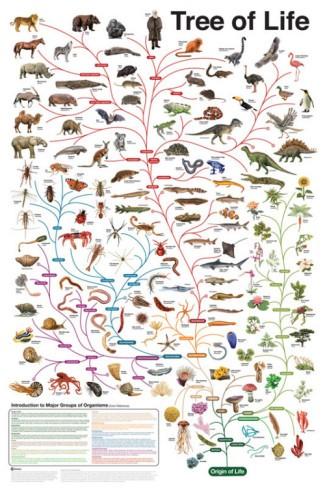
• There are immense spans of time involved
• Ecology is important –Environments and geographies change tremendously over time
• All humans, albeit culturally diverse, are one species with a common origin and should have equal access to good health
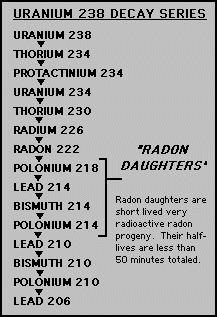

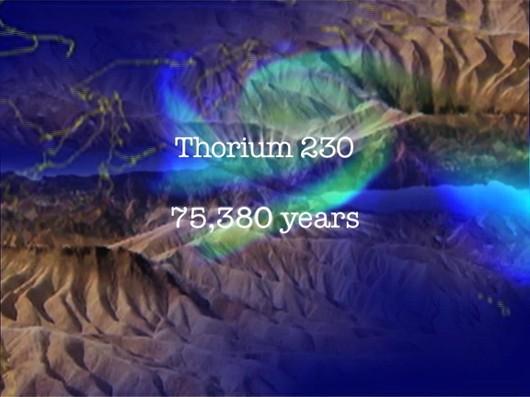
The adaptively normal level of heavy metals like uranium in the human body evolved over hundreds of millions years at the dawn of life on earth. This was in the primordial seas about 3.8 billion years ago as estimated by radioisotopic decay rates (geochronology) and comparative genomic studies (the molecular clock). Human ancestors at this time were single-celled organisms lacking a cell nucleus (Stage 1 of Boaz, 2002 Evolving Health, Wiley).
http://www.timetree.org
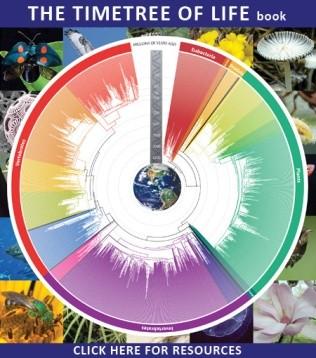

If cells similar to our 3-billion-year ancestors, such as bacterial cells, drift into a pocket of high concentration of metal ions, they generally die because it is a toxic environment. Today we carry our primordial sea origins inside our bodies as we walk around and engage in our daily activities. Our cells, specialized to form tissues and organs, nevertheless retain the same low tolerance to high concentrations of heavy metals, but different organs respond differently.
“Minamata disease is a toxic encephalopathy characterized by cerebellar atrophy of granule-cell type, preferential injury of both calcarine regions and degenerative disturbances, to a lesser degree, of other cortical areas. Other parts of the nervous system may occasionally be disturbed. There are little or no remarkable changes in organs other than the nervous system, except for an occasional fatty degeneration of the liver and kidney, erosion in the digestive tract, and hypoplasia of the bone marrow.” Takeuchi, T., et al. 1962
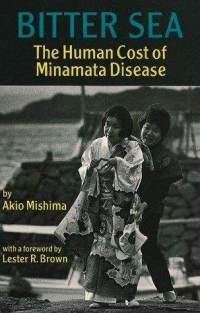
Neuropathologica 2:40-57.

The main immediate health effect associated with exposure to uranium, its decay isotopes, and its compounds is kidney toxicity. This toxicity can be caused by breathing air containing uranium dusts or by eating substances containing uranium, which then enters the bloodstream. Once in the bloodstream, the uranium compounds are filtered by the kidneys, where they can cause damage to the kidney cells, e.g. tubular necrosis.
“Based on experimental animal studies, the most likely adverse health effect on humans from ingesting large amounts of uranium is on the kidneys. Studies of humans exposed to abnormally high levels of uranium in drinking water (averaging 100-600 micrograms per liter) for many years suggest that there may be minor damage to kidney tissue. The effects are a very mild decrease in the kidney’s ability to hold onto proteins, sugar, and other compounds. However, this damage does not cause major effects on kidney function and is reversible after the exposure to uranium stops. There are no specific symptoms after long-term consumption of drinking water containing high levels of uranium. Studies of workers with occupational exposure to uranium have not shown any evidence of serious kidney disease or other health effects.”
Caveats: Uranium itself is not very toxic, its daughters are; the airborne route for uranium exposure to radon, probably the major exposure pathway, is ignored; Phraseology makes this sound as if environmental exposure to uranium compounds is relatively benign, which is very misleading
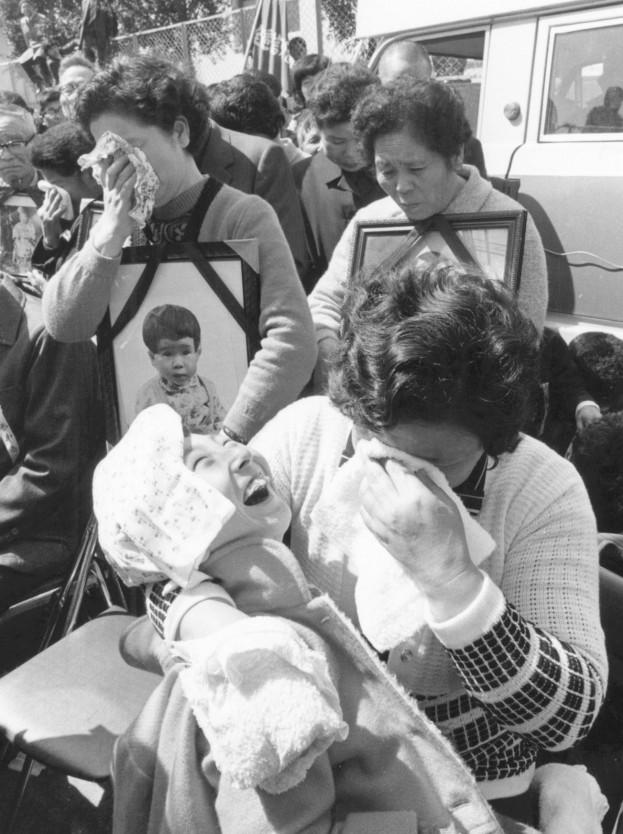
“In the Confucian ethic, humility is a honorable attribute. It was the Japanese humility which kept them from initially pressing charges against Chisso Corporation. The Japanese people most likely did not want to believe that a company would intentionally dump waste into their fishing waters, and then out rightly deny the accusations.”
“Dr. Hosokawa was the first person to prove that Chisso Corporation was responsible for dumping the mercury, but his loyalty to his company kept him quiet. It was noted by researchers that he was internally tormented by knowing this information, but felt he could not say anything. Finally, on his deathbed, Dr. Hosokawa testified to the court that Chisso Corporation knew their waste dumping had caused the mercury poisoning. His statements were crucial to the court’s final verdict in 1973.”
“As an environmentalist, from afar in Canada I followed it as best I could, although every time I did so it stirred a helpless rage deep in my guts.” - C.W. Nichol, The Japan Times
Uranium, the heaviest naturally occurring chemical element, is relatively uncommon. Occasionally it can be concentrated by geological forces of heat, pressure, and redeposition that form ore bodies in the ground. Exposing these and digging into them breaks them up, increases their surface area, and causes high environmental levels of this normally low-level element, causing toxicity.

“Because natural uranium produces very little radioactivity, the health effects from exposure are usually attributed to the chemical properties of uranium.”
“There is no conclusive evidence that uranium causes birth defects.”
Caveat: It is largely irrelevant that uranium-238 itself produces little radioactivity. The radiation from its decay products, such as radium, radon, and “radon daughters,” break DNA, cause cancer (“carcinogenic”) and are implicated in birth defects (“teratogenic”). This process of radioactive decay occurs inexorably and predictably and it is misleading to limit a discussion of health effects to only the first isotope in the series.
U.S. Department of Labor in the February/March 1979 issue of their magazine, Mine Safety & Health:
"The invisible, deadly threat of radiation in mining comes primarily from the presence of radon, a gaseous decay product of the uranium series found in all uranium mines, and in varying degrees in certain other types of mines.“
"Because of their size and nature, the solid radon daughters tend to attach to respirable dust and other condensation nuclei in the mine atmosphere. When a miner inhales this air, part of the dust is deposited in the lungs and breathing passages where the attached radon daughters continue to decay, emitting alpha radiation which damages the lung tissue."
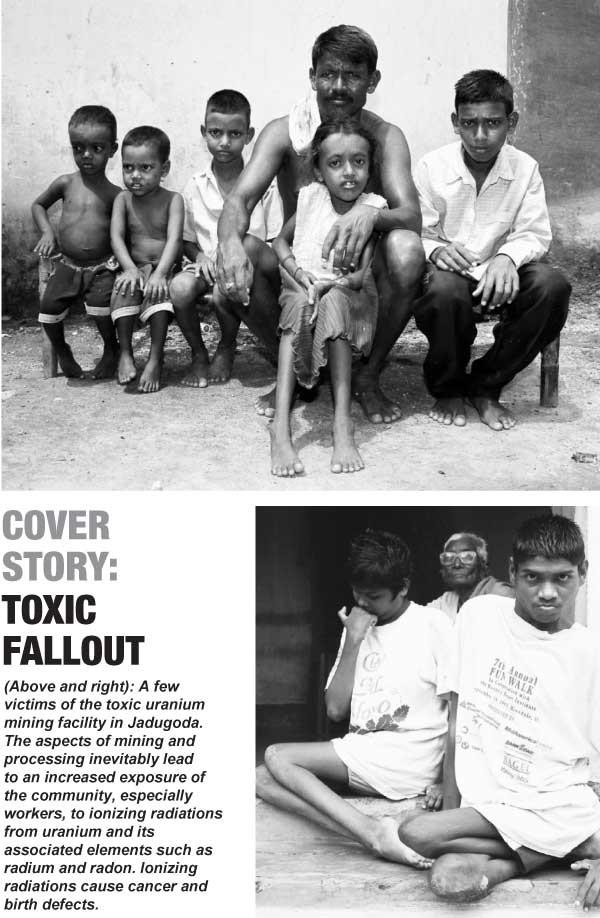
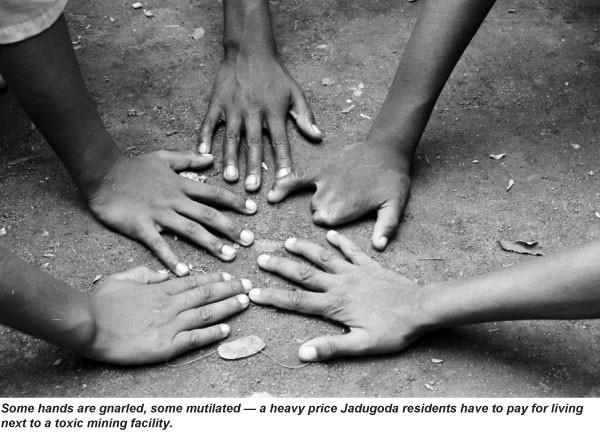
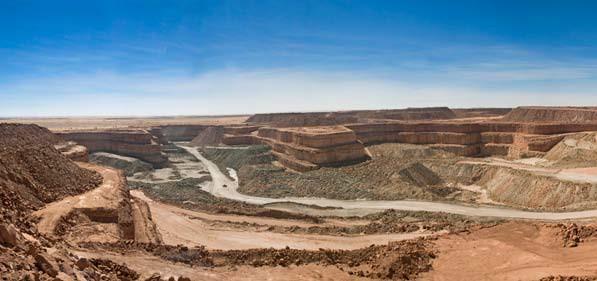
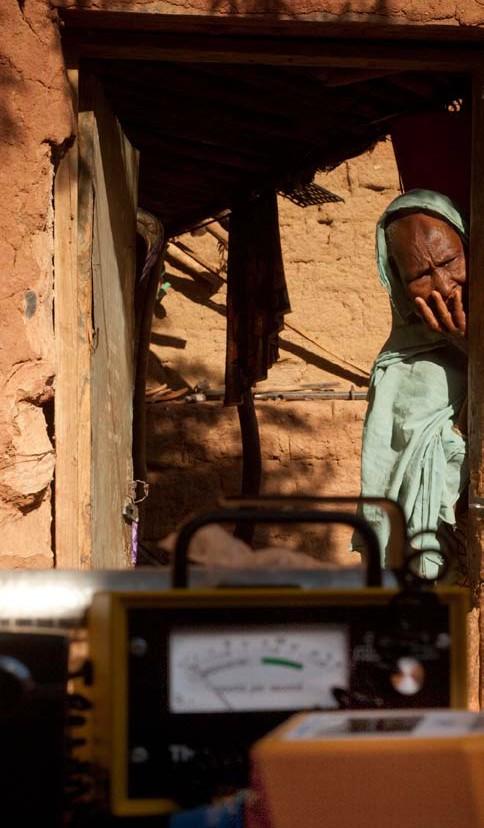
“AREVA established its mining efforts in northern Niger 40 years ago, creating what should have been an economic rescue for a depressed nation. Yet, AREVA’s operations have been largely destructive. There are great clouds of dust, caused by detonations and drilling in the mines; mountains of industrial waste and sludge sit in huge piles, exposed to the open air…”
- Greenpeace (2010) “Left in the Dust: AREVA’s Radioactive Legacy in the Desert Towns of Niger”
“To date, uranium mining in Niger sustains light in France and darkness in Niger; a situation that needs to change for the long term benefit and stability of all. “
- European Agency for Energy Security
“There are some truths that we should not say but it’s like this: we are living dead! We can spend days without approaching our families: we repel them [because of the danger]! We are all radiated.”



The Radiation Exposure Compensation Act was enacted in 1990 after litigation by Navahos and testimony before Congress. The program has awarded $1.5 billion for 23,408 approved claims since it was enacted.
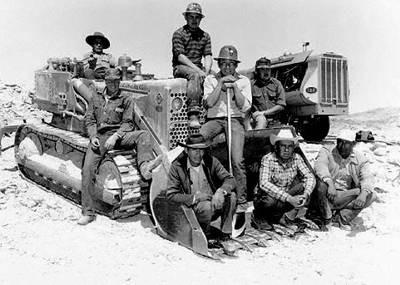
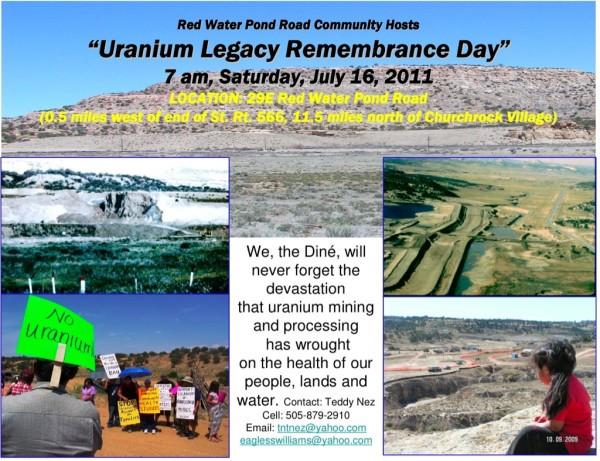
The Church Rock disaster is the largest accidental release of radioactive material in U.S. history. A tailing dam burst, sending eleven hundred tons of radioactive mill wastes and ninety million gallons of contaminated liquid pouring toward Arizona into the Rio Puerco River. The Navajo still cannot use this water ([Ali, 2003] ).

The 20-foot breach in the tailings dam formed around 5:30 am on the morning of July 16, 1979.

A sign placed by the New Mexico Environmental Improvement Division discouraging use of the Puerco River.
The Rio Puerco in flood. After the tailings dam failure, 93 million gallons of acidic, radioactive tailings solution flowed into the Puerco River.


Of the 150 Navajo uranium miners who worked at the uranium mine in Shiprock, New Mexico until 1970, 133 died of lung cancer or various forms of fibrosis by 1980 ([Ali, 2003] ).
In the Navajo creation story, there is mention of uranium. Uranium - called "cledge" - is from the underworld, and is to be left in the ground ("Uranium, the Pentagon and ..." 1995). According to the creation story, the Navajo were given a choice between yellow corn pollen and uranium. In Navajo belief, the yellow corn pollen possesses the positive elements of life ("Uranium, the Pentagon and ..." 1995). The pollen is prayed for and carried in medicine bags. Uranium was thought of as an element of the underworld that should remain in the earth. When uranium was released from the ground, Navajos believed it would become a serpent ("Uranium, the Pentagon and ..." 1995). Evil, death and destruction were seen as the problems the Navajo would face. These problems have become reality to the Navajo since mining began. Many Navajo see themselves on the brink of disaster as removal of uranium suggests will occur to those people ("Uranium, the Pentagon and ..." 1995).
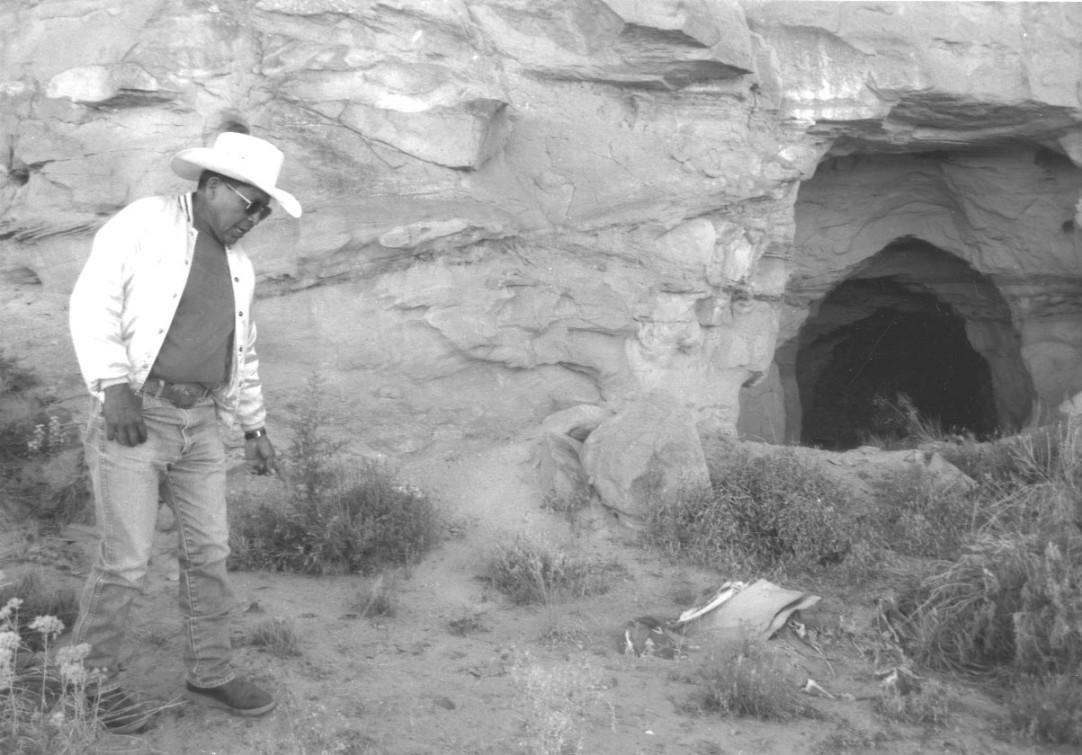
“There are many things we could talk about regarding uranium mining on our land. Some of our animals have been affected; calves have been born defected and sheep had lung problems, these we learned about ourselves. Uranium is really dangerous, we learned, and that is how it is. Why did they not tell us this? Perhaps we were just experimental subjects to them, I wonder. "How will it affect them, and what will it do to them in the end," perhaps this was what they thought.
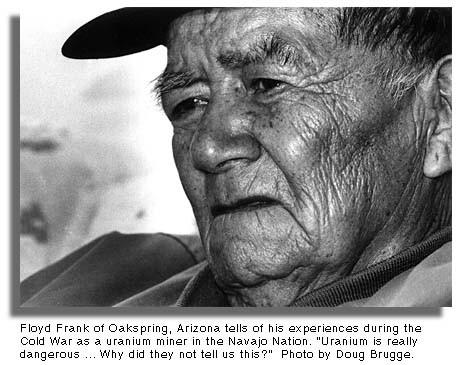
Were these the reasons they did not tell us? It generates many thoughts. They were studying us. Doctors learn about surgery using various animals and others. Perhaps in that way we were used for experiments. There are many thoughts.”
http://www.inmotionmagazine.com/brugge.html
“Why did I work there, is what I often ask myself, when I'm lying with chest pain. Perhaps, if I had not worked, I would be well. There are some men who worked for short periods or had not worked at all and they're well and living their healthy lives. Some are old, still they are in good health. From this I form my opinion. From these observations. If the people knew, if brothers, cousins, etc. had not worked in mines, they'd be with us today, this is what I think. If they try to open more mining they should say no! We've found out it is a very dangerous material, no cure.”
http://www.inmotionmagazine.com/brugge.html

• There is no exemplary uranium mining operation where the populations impacted view it positively; most are extremely negative
• Exposure to heavy metals, particularly uranium, and significantly negative health impacts incidental to industrial activities tends to impact predominantly rural, indigenous, poorly educated, or impoverished populations out of the societal mainstream
• Research conclusions are highly selective and affected by limited referencing, lack of cross-disciplinary citations, and inaccurate inferences
• Strong financial forces have historically led to a lack of transparency in mining operations, active obstruction of environmental and health monitoring, collusion with governments and regulatory bodies to avoid proper oversight and precautions


In 2007, Virginia Uranium, Inc., went public with plans to exploit a major uranium deposit in Pittsylvania County, in southern Virginia. The operation would entail extensive mining, a milling facility, and disposal of massive amounts of waste that would leave a toxic and radioactive legacy for centuries.
http://www.southernenvironme nt.org/cases/uranium_mining_in _virginia

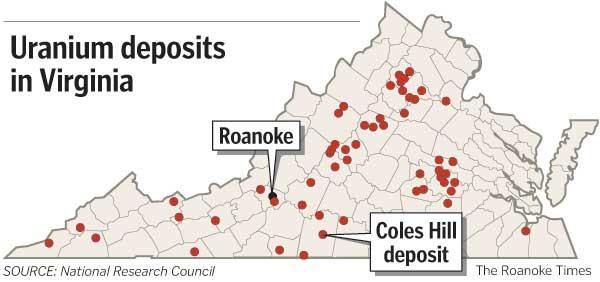
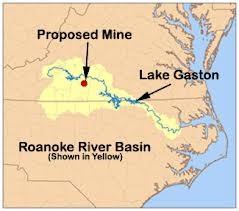
• Economic Development – Jobs, but what kind and at what cost?
• Energy Self-Sufficiency for America
• Safe – “Science” says it is safe
• Modernity – Nuclear Energy is the wave of the future
• Limited Effect - Current legislation affecting only Coles Hill
• Pro-Environment – No greenhouse gases and low carbon footprint




“Va. Uranium tops in 2011 gifts to state lawmakers” – Washington Times
